- Top
- Culture
- Annual Event
- Shichi-Go-San
Shichi Go San
Japanese event Shichi-Go-San for children!
Shichi-Go-San is a Japanese annual event for children of three, five and seven years old. Parents and own children visit a shrine or temple to celebrate and pray the growth of them. The reason why prarents cerebrate children of three, five and seven is that three, five and seven is important timing of development. Children of three understand words, children of five get wisdom, and children of seven have a permanent tooth.
Shichi-Go-San is held on November 15th because November is a harvest month and 15th is a day ogres are not out on the town. This origin is explained by other theories. Nowadays, many parents don't stick to the tradition, and do Shichi-Go-San in the convenient holiday of October or November.
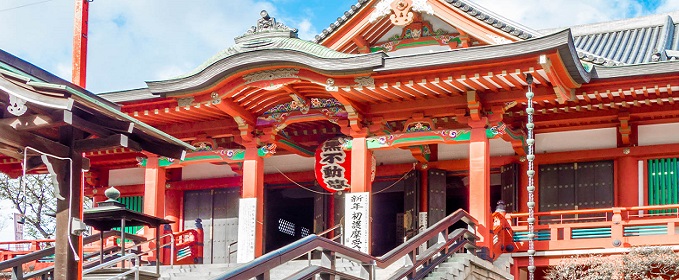
In addition, Shichi-Go-San is different from other annual events in changing how to celebrate depending on child's age. Boys are celebrated at three and five years old, gilrs are celebrated at three and seven years old. These ages are in traditional Japanese age system called Kazoedoshi: One's xxth year after birth.
Three years old:
Boys and girls go a shrine or temple with wearing traditional Japanese clothing. Parents celebrate own children with doing Kamiokinogi which is putting a cotton or white thread on children's head. This celemony means a wish that children live long when their hair turn white.
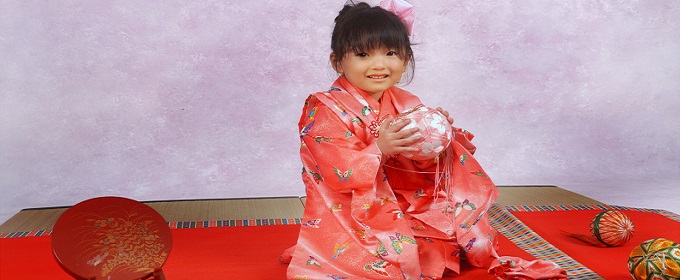
Five years old:
Only boys go a shrine or temple with wearing Hakama or Montsuki-Hakama which is formal traditional Japanese clothing with family crest symbol. It is the first time for boys to wear them, and this celemony is called Hakamagi. Hakamagi means little boys become a member of society because Hakama is a formal clothing for Samurai.
Seven years old:
Only girls go a shrine or temple with wearing traditional cloth called Kimono. They wear it with one piece sash though they wear it with child's sash at three years old. That means little girls become a member of society because they can wear it alone. This celemony is called Obitoki.

By the way, children eat a long stick candy called Chitoseame in this event. It means a wish that children grow and live long. It is often sold in this celemony, but people can eat it outside this celemony.
If you travel Japan with children in November, you can enjoy Shichi-Go-San and can experience Japanese culture through it.
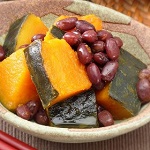 Winter solstice
Winter solstice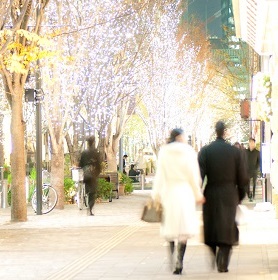 chirstmas lights
chirstmas lights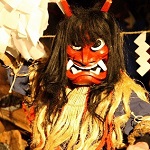 Namahage
Namahage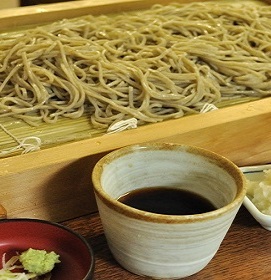 New Year's Eve
New Year's Eve